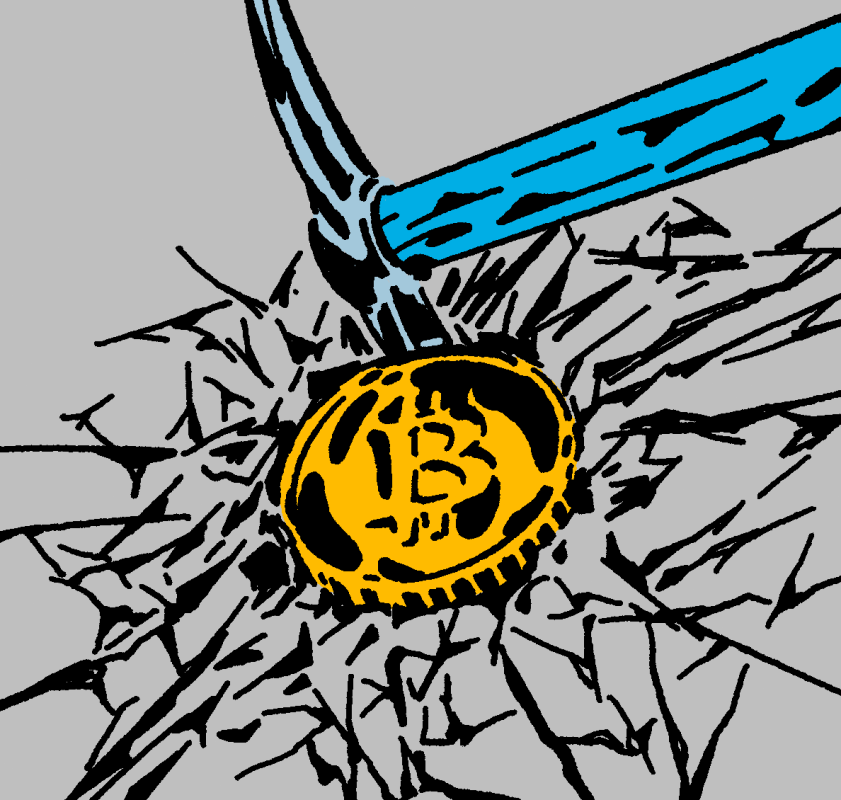
The Bitcoin network’s hash rate achieved a new record on September 3rd, exceeding 740 exahashes per second (EH/s). This milestone occurred despite Bitcoin’s price remaining under $60,000.
An increased hash rate signifies a higher amount of computational resources allocated towards transaction processing and Bitcoin mining. This surge comes even as Bitcoin experienced a decline of over 10% this week, highlighting the disparity between network fundamentals and short-term market pricing.
Top mining firms such as Whatsminer and MicroBT are unveiling state-of-the-art machines to capitalize on the rising hash rate. Whatsminer has launched four new mining rigs along with an upcoming solar-powered mining container system. At the same time, MicroBT has introduced its M6XS+ miners, which can achieve processing speeds ranging from 190 to 450 terahash.
Riot Platforms also acquired Block Mining for $92.5 million to boost its hash rate and expand its market footprint. Furthermore, miners are exploring AI integration and potential acquisition strategies to solve ongoing identity issues within the sector.
The increasing hash rate for Bitcoin showcases robust confidence in its long-term viability. With notable advancements in mining technology and favorable political conditions enhancing profitability, miners are swiftly scaling their infrastructures to manage transactions and fortify the Bitcoin network.
Although the hash rate does not have a direct impact on Bitcoin’s price, it strengthens overall network security. Achieving hash rate milestones often precedes upward market movements and Bitcoin’s halving events.








